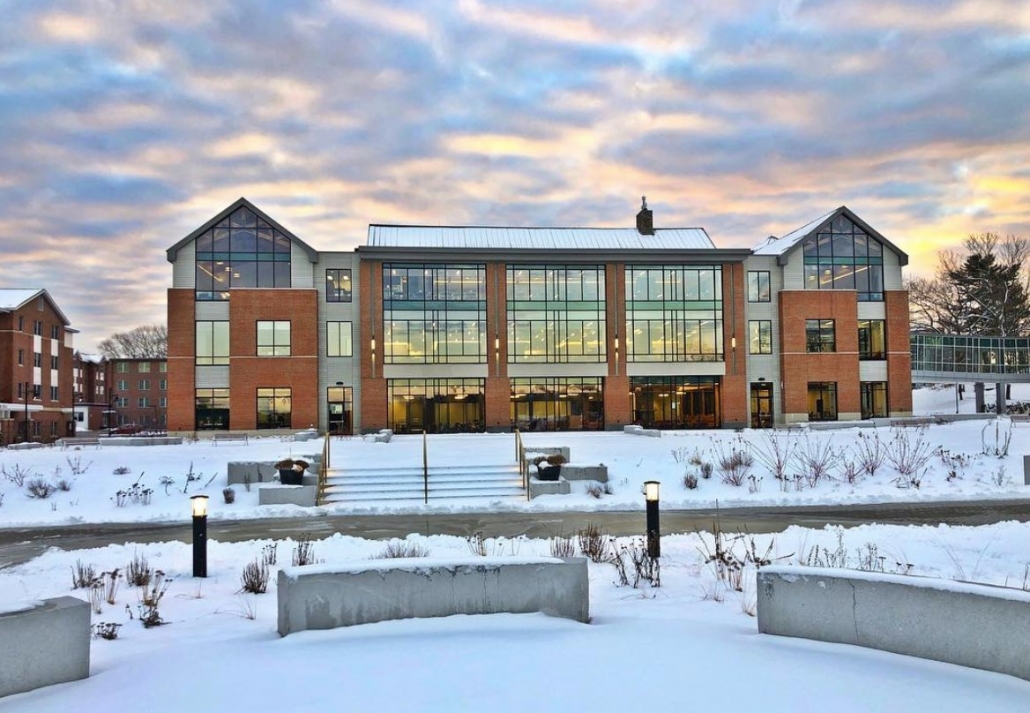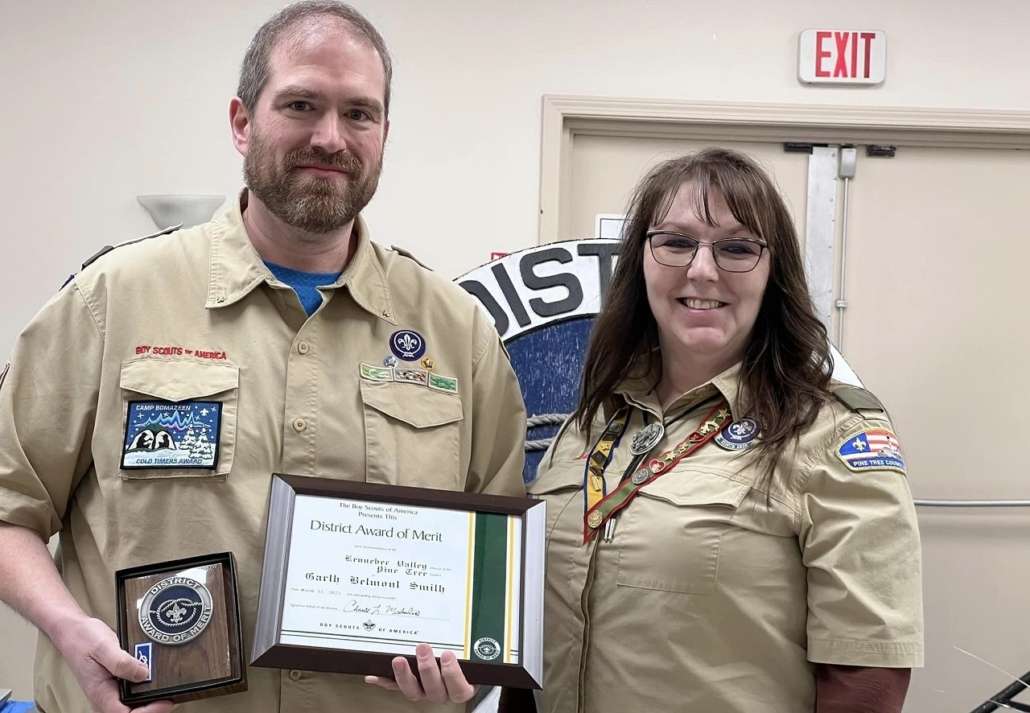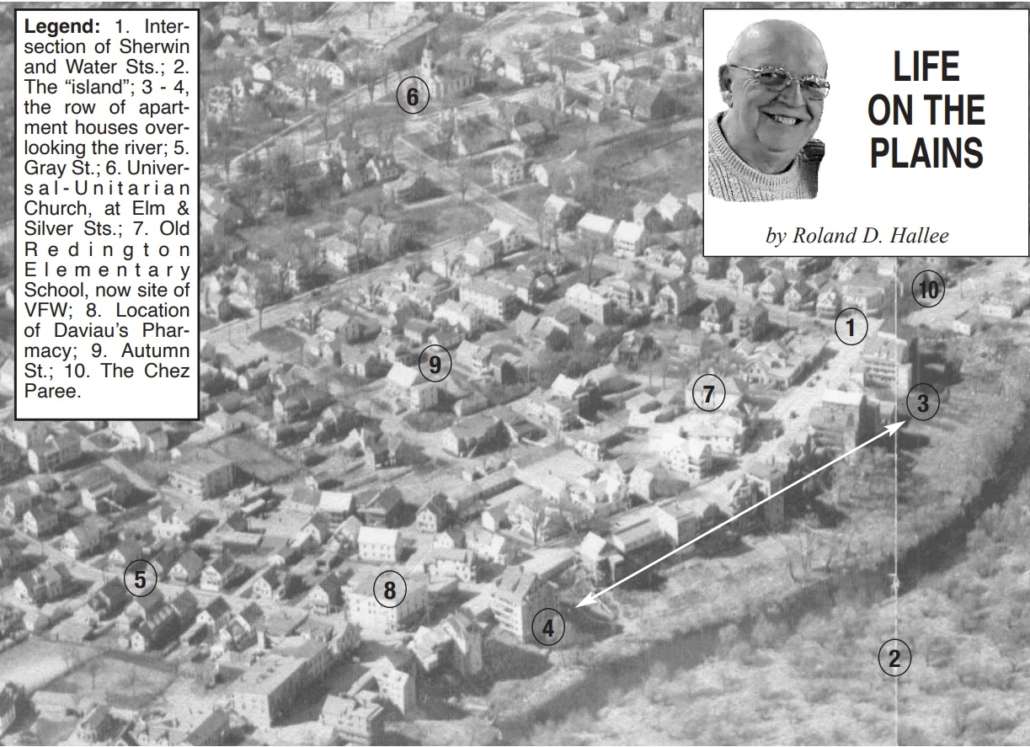
A landscape painting by Uliana Fournier, Winslow High School, grade 10. (contributed photo)
Ticonic Gallery, a division of Waterville Creates, is delighted to partner with Greene Block + Studios to celebrate Youth Art Month (YAM) with a spectacular, multi-site exhibition of artwork by local students in grades K–12. The 9th annual YAM exhibition will be on view at both locations March 3 – 31, with an opening reception on March 3 from 4 – 7 p.m., in conjunction with downtown Waterville’s First Friday event. Sponsored by the Colby College Museum of Art, Kennebec Savings Bank, Morning Sentinel and Kennebec Journal, and PRO Moving Service, this year’s YAM exhibition will include the work of youth artists from 25 participating area schools.
Established in 1961, YAM is a national initiative designed to emphasize the value of art education for all children and to encourage support for quality school art programs. Featuring works in a variety of media, including painting, digital art, pottery, and photography, YAM is an opportunity for students to showcase their work in a gallery setting and share their achievements with their families and their community. This year’s YAM theme is “Your Art, Your Story.”
In conjunction with YAM, Waterville Creates is conducting a special awareness campaign and fundraising drive for its Youth Arts Access Fund (YAAF). Established in March 2022 with the belief that all youth, regardless of income, ability, or background, should have access to outstanding arts programming and arts education opportunities, YAAF provides free admission for youth ages 18 and under to the full range of programming offered by Waterville Creates and its divisions, including art classes and camps, community theatre productions, live music, and film programming. Initially established as a pilot program with a $15,000 grant from the Raymond J. and Mary C. Reisert Foundation, YAAF has received additional support from a variety of foundations, businesses, and individuals. Since March 2022, the Youth Arts Access Fund has been accessed nearly 1,000 times, allowing youth to attend events and programs across all divisions of Waterville Creates, including Ticonic Gallery + Studios, Maine Film Center, and Waterville Opera House.
Located at 93 Main Street in the Paul J. Schupf Art Center, Ticonic Gallery is free and open to the public Wednesdays – Mondays, 11 a.m. – 7 p.m. Greene Block + Studios, located at 18 Main Street, is free and open to the public Tuesdays – Fridays, 11 a.m. – 7 p.m.; Saturdays, noon – 5 p.m. For more information on YAM, please visit the Ticonic Gallery exhibitions page; for information about the Youth Arts Access Fund, including a link to donate, visit the Waterville Creates’ website.
YAM 2023 participating schools: Albert S. Hall School, Canaan Elementary School, Clinton Elementary School, George J. Mitchell School, Sylvio J. Gilbert Elementary School, Lincoln Elementary School, Madison Elementary School, Madison Junior High School, Maine Arts Academy, Maranacook Community Middle School, Messalonskee High School, Messalonskee Middle School, Mount Merici Academy, Mt. Vernon Elementary School, Palermo Consolidated School, Readfield Elementary School, Warsaw Middle School, Waterville Alternative High School, Waterville Senior High School, Waterville Junior High School, Wayne Elementary School, Whitefield Elementary School, Winslow High School, Winslow Junior High School.












